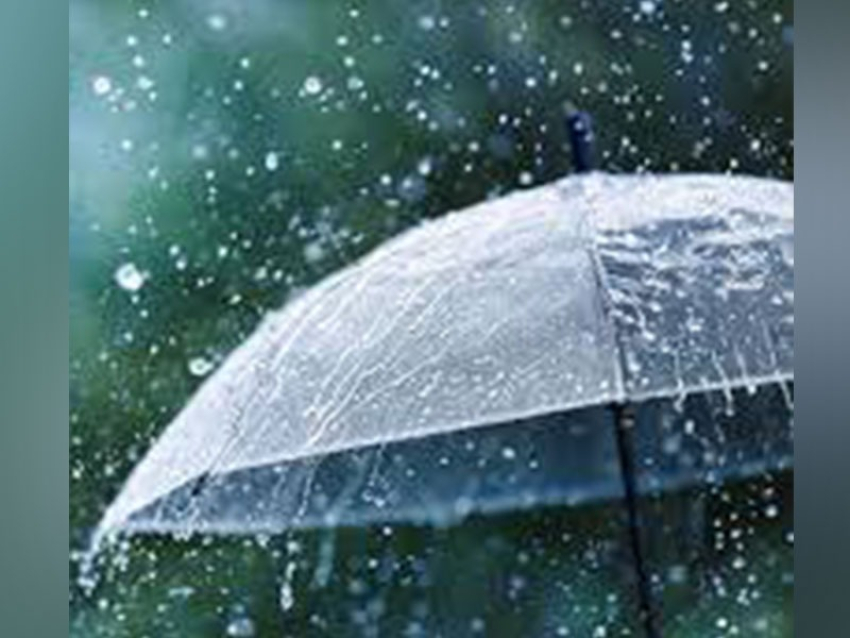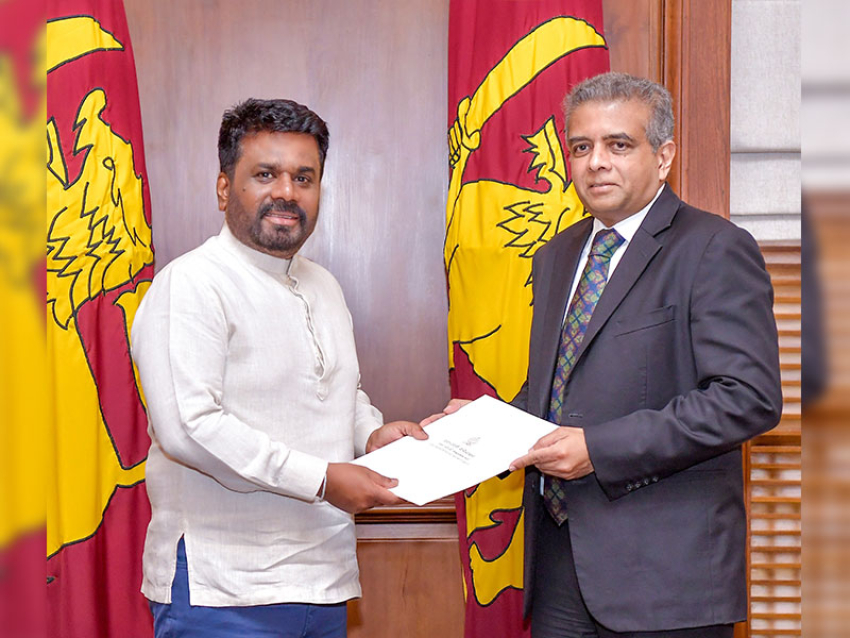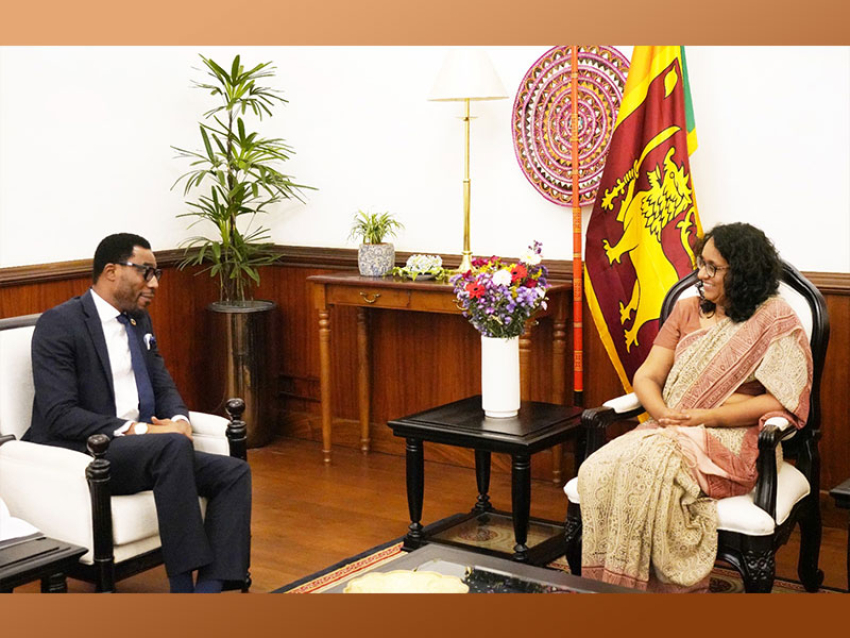"Both partial and annular phases (Penumbral and Umbra shadow) of the eclipse first touched on Sri Lanka at 8:08:44 a.m and 9.33.16 a.m respectively on Delft Island in Jaffna area. The centre line of the umbra shadow enter Sri Lanka through Analathivu Island in Jaffna, crosses the A9 road close to Murikandi, Iranamadu area and traverses along Kokuthuduwai in Welioya area," he said.
"The Astronomy division is organizing a programme to observe the solar eclipse with a more scientific purpose. We hope to observe Baily beads of the solar eclipse so that these beads can be used to estimate the diameter of the sun. To observe Baily beads the observation should be carried out at the southern limit of the eclipse," he said.This solar eclipse was visible in countries such as Saudi Arabia, southern India and parts of Indonesia. Those in Europe, parts of Asia, Southern parts Sri Lanka and North-West Australia saw a partial eclipse.
Arrangements had been made to enable enthusiasts to observe the solar eclipse taking place at five centres countrywide. These centres were located at Anuradhapura St. Joseph’s College - Hillwood College, Kandy- Nalanda College, Colombo. Further, lecture-based observations were organised at the Kantale Central College and the Arthur C. Clarke Centre.This group from the Astronomy unit who are conducting these camps are qualified locally and internationally and are students and university members.When the eclipse was fully visible, it was like dusk fallen. A similar solar eclipse will occur on May 21, 2031. A solar eclipse happens when the Earth is in the shadow of the moon.



















